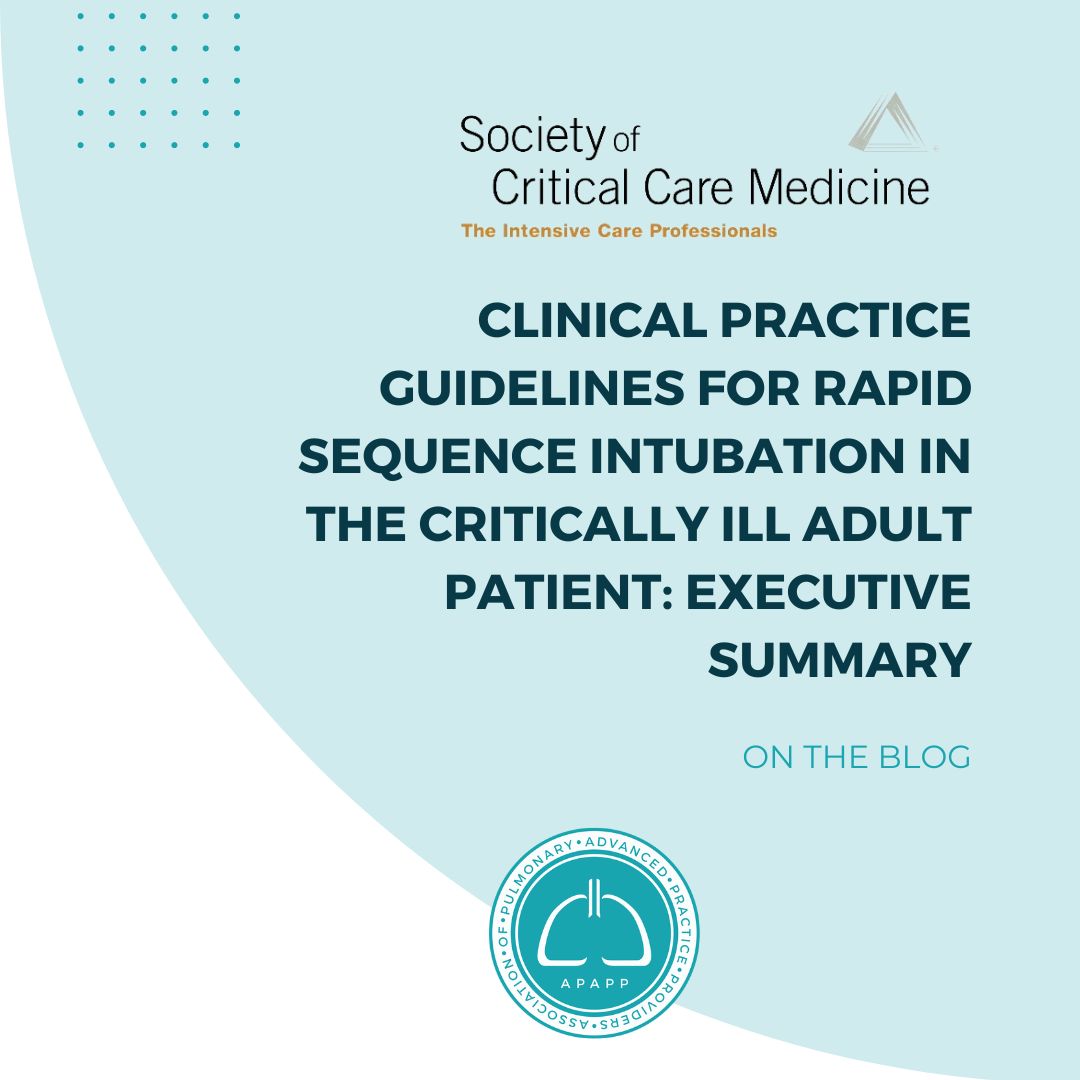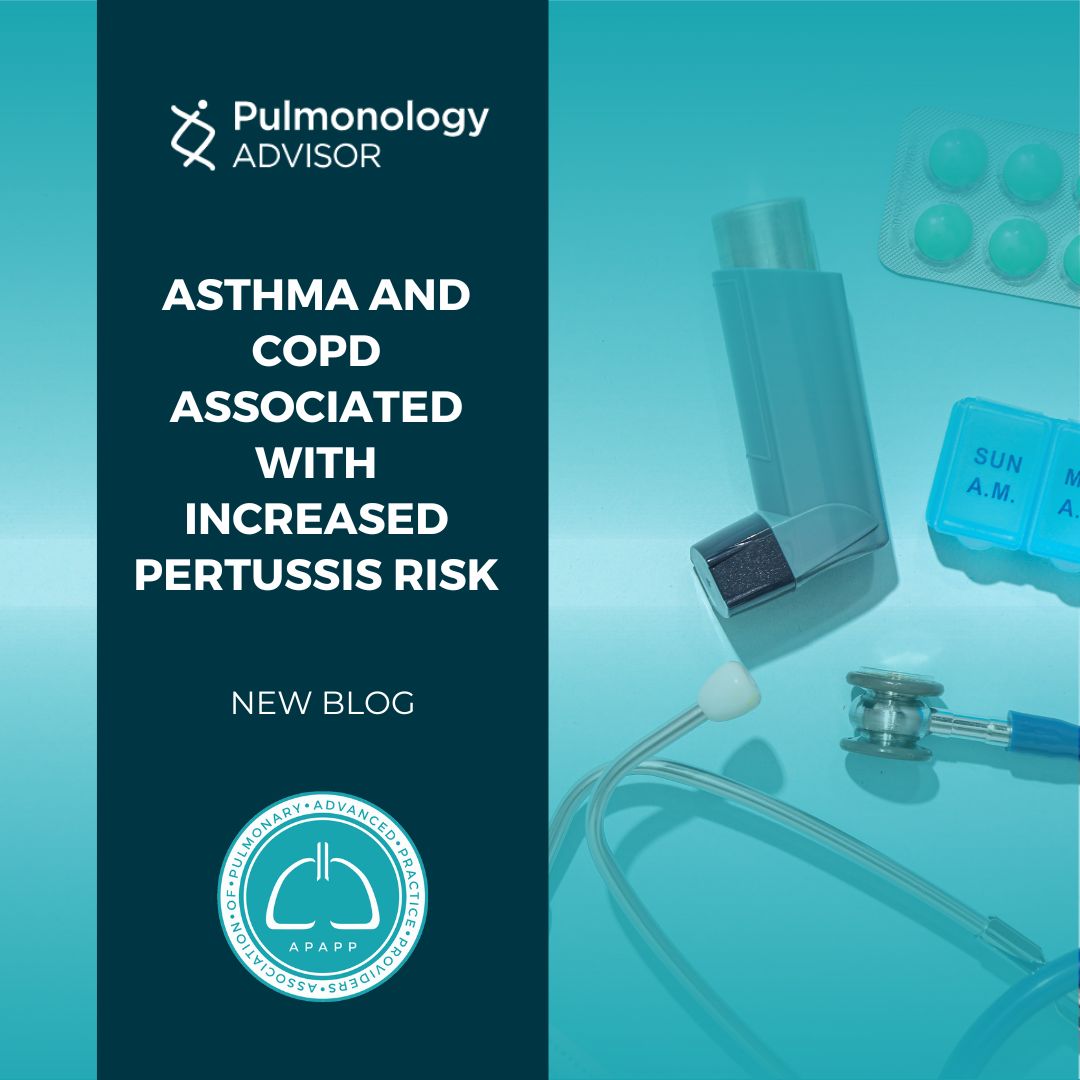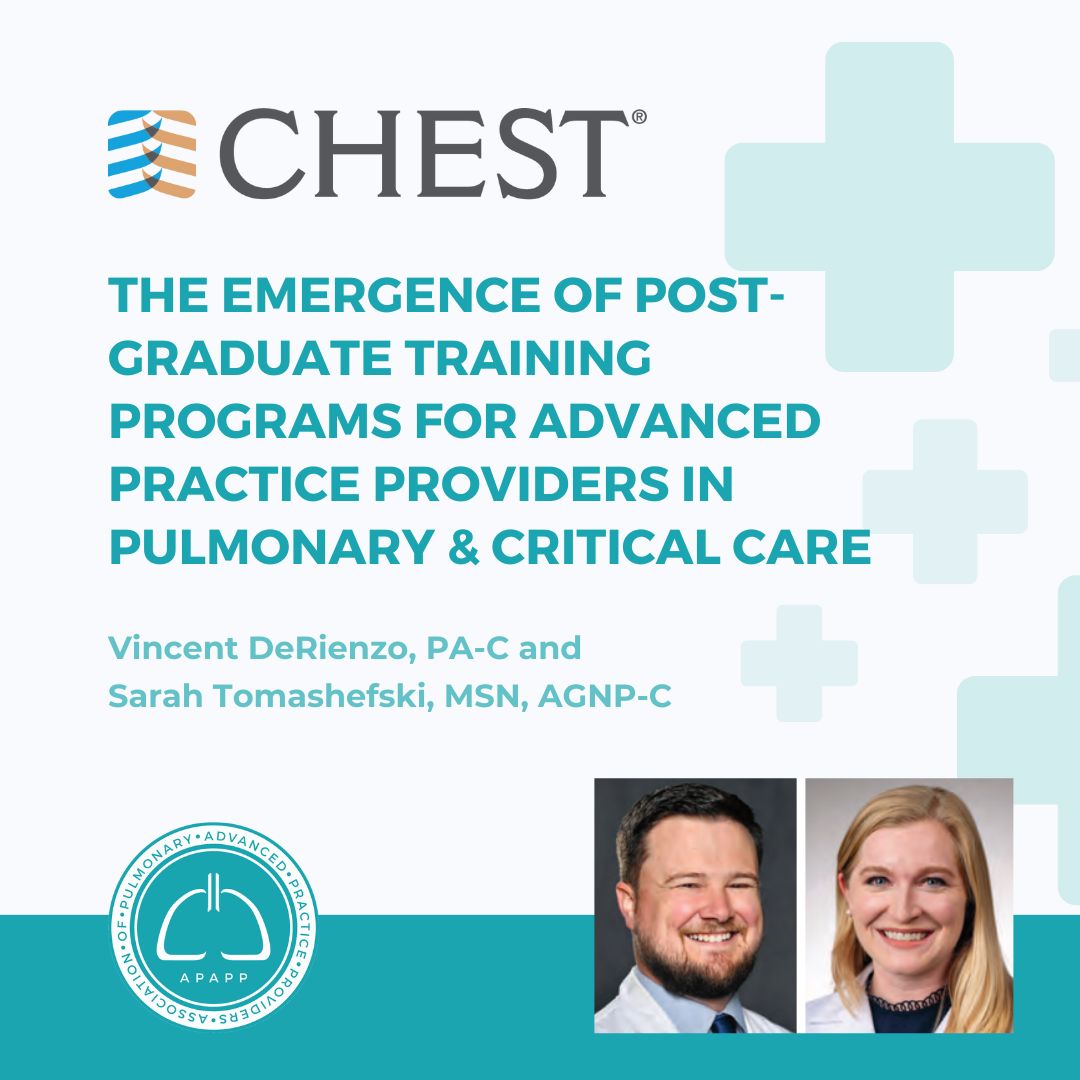SCCM Clinical Practice Guidelines for Rapid Sequence Intubation in the Critically Ill Adult Patient

In our shared commitment to excellence in pulmonary care, APAPP is highlighting a recent article from the Society of Critical Care Medicine. “Clinical Practice Guidelines for Rapid Sequence Intubation in the Critically Ill Adult Patient: Executive Summary,” is a compass for navigating the intricacies of emergency airway management during RSI. Authored by experts of the American College of Critical Care Medicine (ACCM)’s Board of Regents, the guidelines promise to elevate our standards of care and provide invaluable insights that directly impact our daily practices.
Emergency airway management is complex and involves decision-making around devices chosen for laryngoscopy, medications used to facilitate intubation, and management after intubation. A common strategy for emergency airway management is RSI, which is defined as the administration of a sedative-hypnotic agent and a fast-acting neuromuscular-blocking agent (NMBA) in rapid succession along with the placement of an endotracheal tube (3,4). RSI is indicated to: 1) reduce the risk of aspiration in at-risk patients (e.g., those with a full stomach, ileus or bowel obstruction, gastroesophageal reflux disease, and increased intraabdominal pressure) and 2) optimize intubating conditions to reduce the occurrence rate of difficult or failed airways, esophageal tube placement, and complications.
For the purposes of these guidelines, we considered aspects directly related to RSI as pertinent, such as those that occur in the preoxygenation period before RSI and medication selection during RSI. For example, mask ventilation has historically been avoided with RSI to reduce the risk of regurgitation and aspiration of gastric contents, but mask ventilation may reduce the risk of critical hypoxemia. Common themes with conflicting opinions are 1) whether an induction agent should be used and 2) whether an NMBA should be used for emergency airway management in all critically ill patients. We addressed this with two questions involving the use of only one pharmacologic agent (either a sedative-hypnotic induction agent or an NMBA) even though such a recommendation would deviate from the definition of RSI. Awake intubations, difficult airway management, postintubation sedation, and ventilator management are outside the scope of work for these guidelines.
To learn more about the methods used, results, and recommendations, read the full summary HERE.
The Association of Pulmonary Advanced Practice Providers (APAPP) works to advance the profession of APPs in Pulmonary Medicine. We actively seek out opportunities and educational articles from trusted organizations like SCCM to help educate our members and ourselves on news in our field, with the goal of providing improved patient care as well as provider experience. Have an article you would like to share? Email us at




